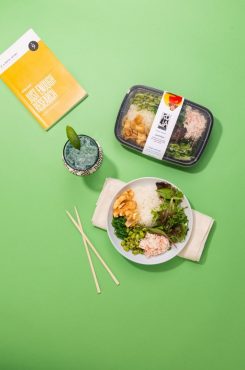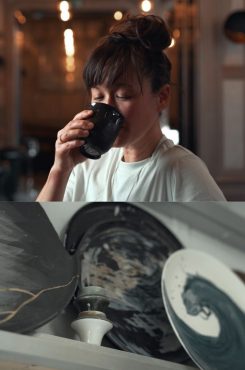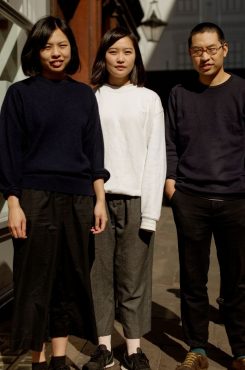Thinking outside the box
Published 26 April 2021
by Chloë Hamilton
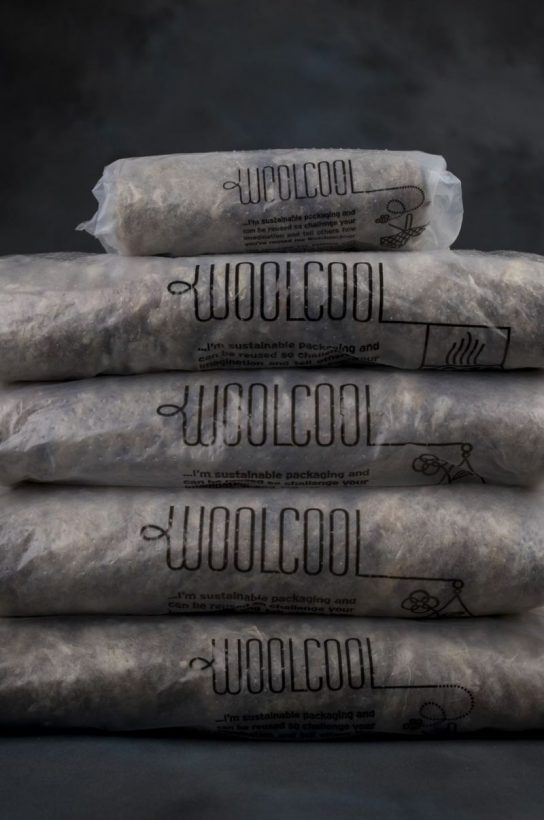
A vital part of successful food delivery is the packaging, as the last year has demonstrated. A revolutionary, female-led company has pioneered and now dominates the market – if you’ve had a meal kit (and who hasn’t?), chances are it was kept in peak condition by Woolcool. So how does it all work?
Finding a new route to market to survive a crisis is not a novelty of the coronavirus pandemic. In the early 2000s disaster that was a serious outbreak of foot and mouth disease, farmers desperately needed additional revenue to get back on their feet. One solution was to send meat directly to customers and this is how Woolcool came into being. Plugging a sustainable, eco-friendly gap in the packaging market, they opened the door to a new industry of online food-delivery businesses like Gousto and Hello Fresh. (Although their 100% wool fleece insulation is also used for pharmaceutical packaging.) Woolcool won the Queen’s Award for Excellence: Innovation in 2018 and is a registered B Corporation.
Over the past 12 months, the Woolcool team – Angie Morris (CEO), her two daughters Josie (MD) and Jess (FD) and husband Keith (strategic director) – has been instrumental in helping restaurants keep their heads above water. Talking to CODE’s Chloe Hamilton from the company’s Staffordshire base, Josie Morris takes us through the tools of their trade.
Sustainable design
On any given day we might be on a farm with a farmer who’s sending their meat out, then at a large supermarket talking about moving goods internally, after that with a pharmaceutical company that might be sending cancer treatments, and we’ll finish up talking to a restaurant who are sending out their recipe boxes. We deal with anyone sending things that needs to be temperature controlled and that you would otherwise send in a poly box.
Polystyrene used to be the only way to send chilled products in the post but when the National Trust needed a solution for their farmers to send their meat out, using polystyrene packaging was not an option – it was completely against their ethos. Angie, who has decades of experience in packaging design, went away to do some research and came across wool. She did some development with different shapes and sizes and came up with what Woolcool looks like now. Using a tracker, she tested wool versus polystyrene with the same amount of meat, the same amount of ice for the same amount of time and Woolcool outperformed from day one. She did more testing, as did the National Trust, they sold 5,000 units and then Angie went back to her day job. Over the years people began to enquire more and more frequently, so in 2008 Woolcool was launched.
A family affair
I think there’s something about family companies that means they’re more sensitive to people in the business. For me it’s about trying to do the right and fair thing with people. Being as open as you can and treating them with respect. I took on the MD role when I was 28 and have made some right and wrong decisions, but it’s about trusting the people around you, putting people in jobs that are better than you so you can trust them. It’s also about not having an ego. I say to people, you can probably do your job better than I can, so tell me how you do it.
I trust my sister and she’s extremely good at what she does. She’s the brains behind a lot of what we do at Woolcool and always has facts behind what she’s saying. Being nurturing with it is key: Keith and my mum have given me and my sister free rein and have trusted us. Trust is a big one. And maybe that’s what the family element brings.
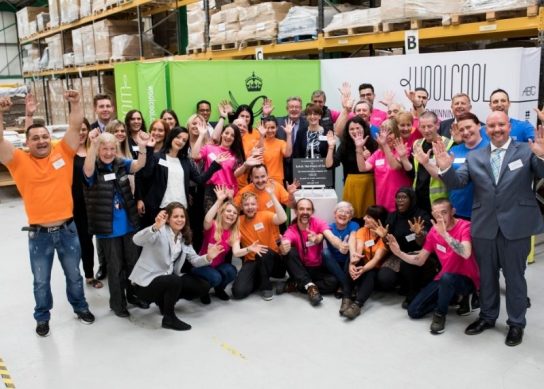
Restaurant boxes
Because of the performance of wool, pharmaceutical fulfilment has been a big part of the business, it’s very specialist and we’ve done a lot of research on that front. But with the pandemic and online food delivery, what would probably have happened over a five-year period has been condensed into 12 months. The consumer point of view was previously ‘I don’t really trust online food’ and businesses didn’t know if there would be any demand from the customer. But when forced to do so, people realised they could get high quality food and ingredients delivered to their door. No-one got ill from it and they could have a great meal at home.
I’ve been so impressed by the way restaurants have flexed and completely switched what they’re doing. The mentality is just awesome. In the first wave there was a batch of restaurants who were clearly ready to go, then slowly it became mainstream. Many restaurants will just go back to what they were doing previously, but there will be some that keep going because they’ve invested a lot into it. If you’ve got a typically quiet season you can push your boxes. Or when there’s quieter trading times it can become more lucrative to do something like a specialist BBQ box, for example.
Size matters
In the early days people didn’t really know what to expect. Delivering a pallet of wool padding into central London to a small high-end restaurant… well sometimes the kitchen isn’t much bigger than a pallet and there’s the sudden realisation of ‘where do I put it?’. So we’ve had some cases where we’ve had to part-deliver. But we try our best to work with each customer’s individual limitations and boundaries and we tend to ask delivery questions before we send anything to ensure they can take the order – treating each customer uniquely and working with them, rather than trying to shoehorn it in.
Testing
We become one of the most cost-effective solutions through testing. If you’re doing the testing yourself, you’re probably not able to send your products out yet; you might misjudge the box size or number of ice packs, or you might be using a solution that leads to breakages and costs a lot more in refunds. By doing the testing for our customers we can optimise performance. We have our own in-house environmental chambers – basically like two big ovens – where you can map any journey around the world, with any kind of temperature fluctuations. It is expensive but we provide it as part of our service.
Creativity
Angie is always saying how creatives aren’t taken seriously. When she goes into a meeting in colourful clothing, she gets taken less seriously than when she goes in a suit. (She doesn’t care, she goes in colourful clothing anyway.) At Woolcool we see innovation as a product. We sell the opportunity to evolve your business and the only way to do that is to look at creativity and design and marketing. It’s a way to set ourselves apart from the competition.
Chefs are artists. Sometimes people forget that what chefs do with food is art, and the way it’s presented is art. For too long creativity has been viewed as the left-field thing that isn’t what you should do at school but that’s not right at all. If you’re creative, you can apply that in so many different ways – not just from an image point of view but in how you see business or the way you see people. How to bring in different forms of revenue. The people that have flexed quickest in Covid have been the ones that are the most creative.
Future-proof
We’re trying to build a future-proof business with a long-term view and to build a reputation that’s reliable and trustworthy. It’s our policy to never let anyone down. Where there’s been shortages of carboard boxes we ensure there’s a plan A, B, C, D… we’ll pull out the stops to deliver continuous supply. We’ve had customers coming to us last minute and saying, ‘I need 5,000 units next week otherwise I can’t send my product out’. They’ve never used us before and have been let down by another company. Because of our strong supply chains, the way we work and because we don’t just chase the cheapest price, what we can offer customers is reliability.
We’re packaging people – there’s no other solution in the market with the same level of packaging expertise. We started years before the online food boom, we were the pioneers but we are constantly evolving to try and be better. You can’t always be the cheapest but if you keep pushing forward, you can always be the best.
To find out more about Woolcool, visit the website here
To read more long reads from the recent edition of the CODE Quarterly, click here


